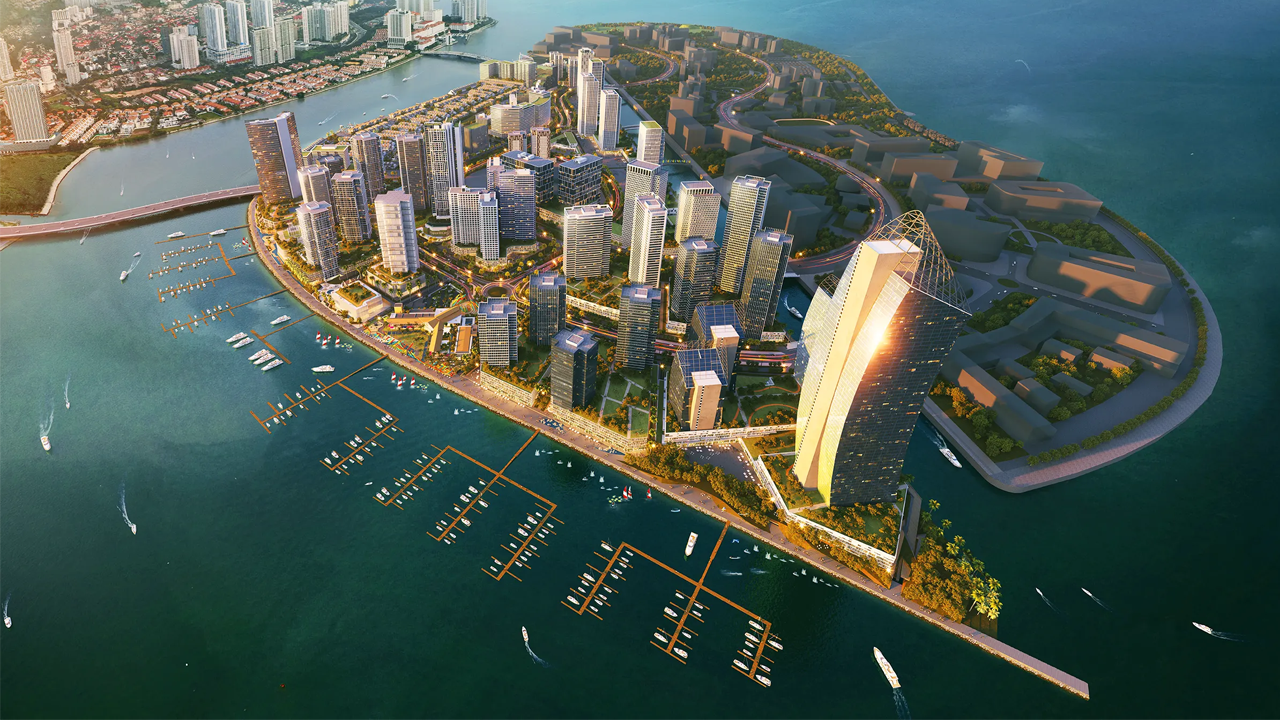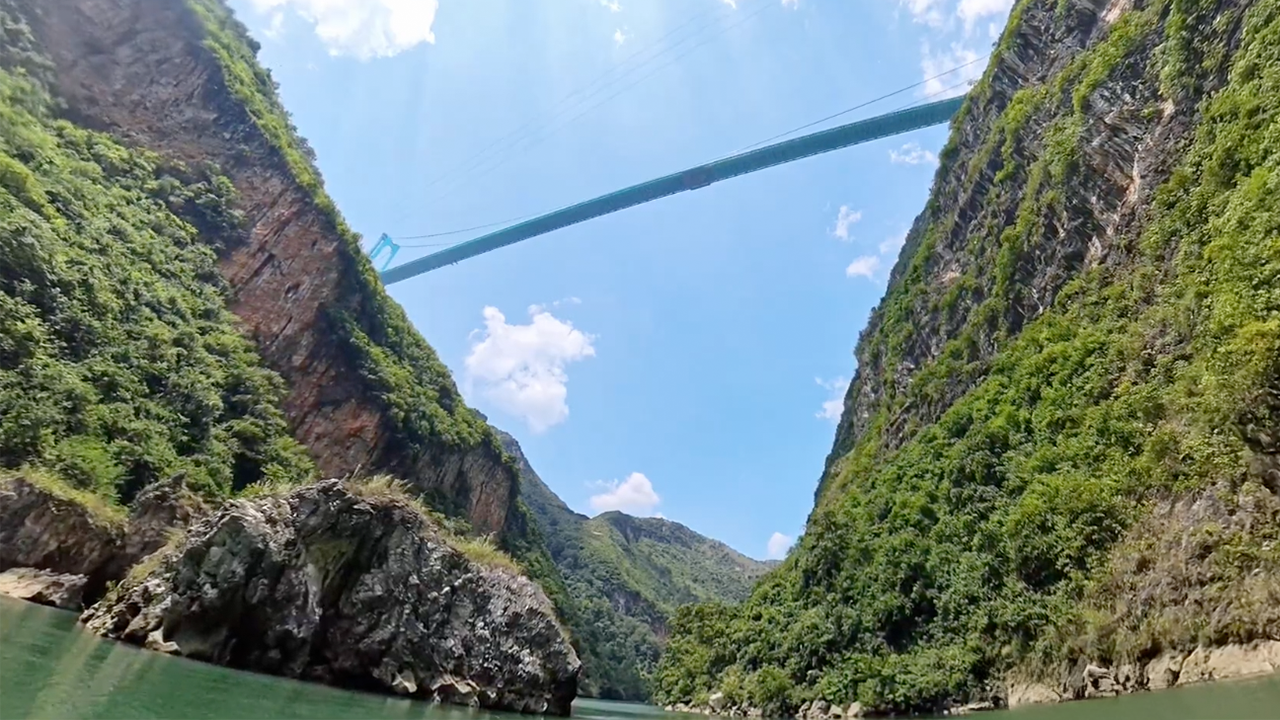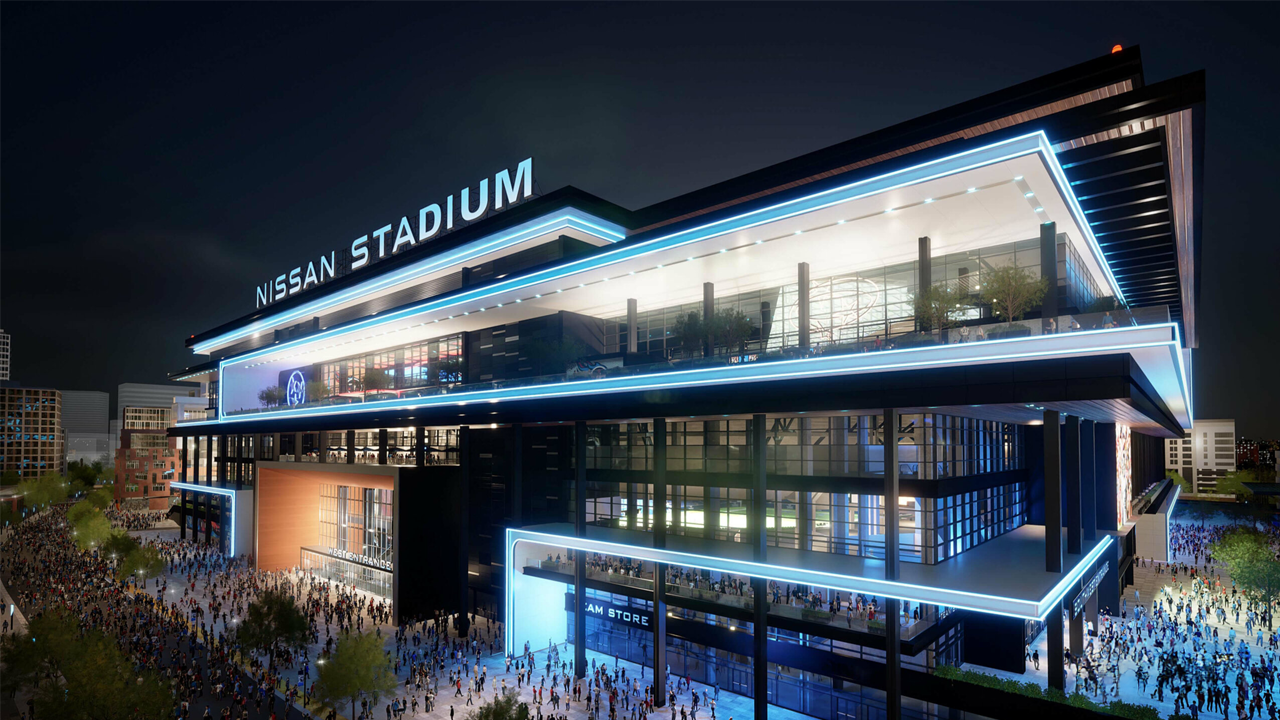Why These Billionaire Skyscrapers Are Sinking
- Youtube Views 897,772 VIDEO VIEWS
Video narrated and hosted by Fred Mills. This video contains paid promotion for ETHOSystems.
Miami is America’s third tallest city. Only New York and Chicago — home to the very first skyscrapers — have more high-rise buildings than this corner of South Florida.
That’s quite impressive for a place that didn’t have any skyscrapers until the mid-1980s, and now has at least a dozen under construction, including its first ever supertall.
This building boom — as well as the beautiful weather and coastline, obviously — has given Miami some serious pulling power.
From billionaire investors to very famous footballers, it’s become a big draw for wealthy types seeking a new home for themselves, their business, or both. And it’s growing, to the point where the area now has the nickname ‘Wall Street South’.
But there’s just one concern. A recent study has revealed how dozens of these structures appear to be sinking.
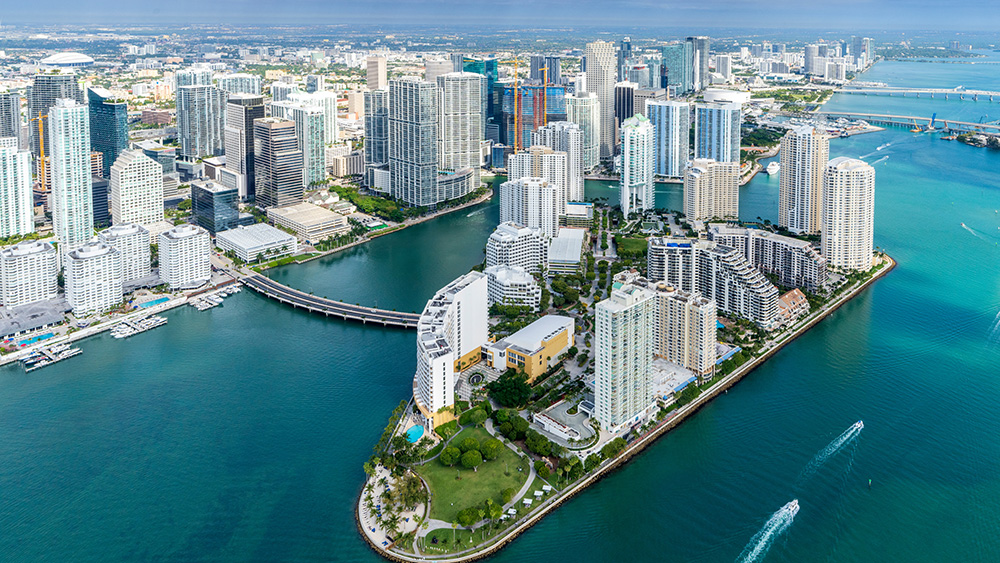
Above: Until just over 40 years ago, Miami didn't have any skyscrapers.
What do Amazon founder Jeff Bezos, Citadel hedge fund boss Ken Griffin and venture capitalist Peter Thiel have in common?
And don’t just say they all have a lot of money, which is true. No, the answer we were looking for is they’ve all moved to Miami.
At the same time they’ve either expanded their companies in the city, relocated them here entirely, or they’re considering it.
Thanks to its vibrant lifestyle, pristine beaches and warm climate all year round, wealthy individuals and the companies they lead have been flocking to South Florida in recent years.
It’s probably why this region has become one of the fastest-growing metropolitan areas in the whole of the US. Oh, and let’s not pretend the fact you don’t have to pay state income tax here isn’t a factor in all of this too.
Whatever the main reason, Miami is more popular than ever — creating huge demand for lavish new places to live and work.
Boxed in
The problem is space is limited. While Miami might be only slightly behind New York in America’s skyscraper rankings, it’s about eight times smaller by area.
That means in order to deliver all these new apartments and offices, the only choice has been to build upwards.
It’s not hard to understand why this is such an attractive stretch of land for residents, businesses and developers.
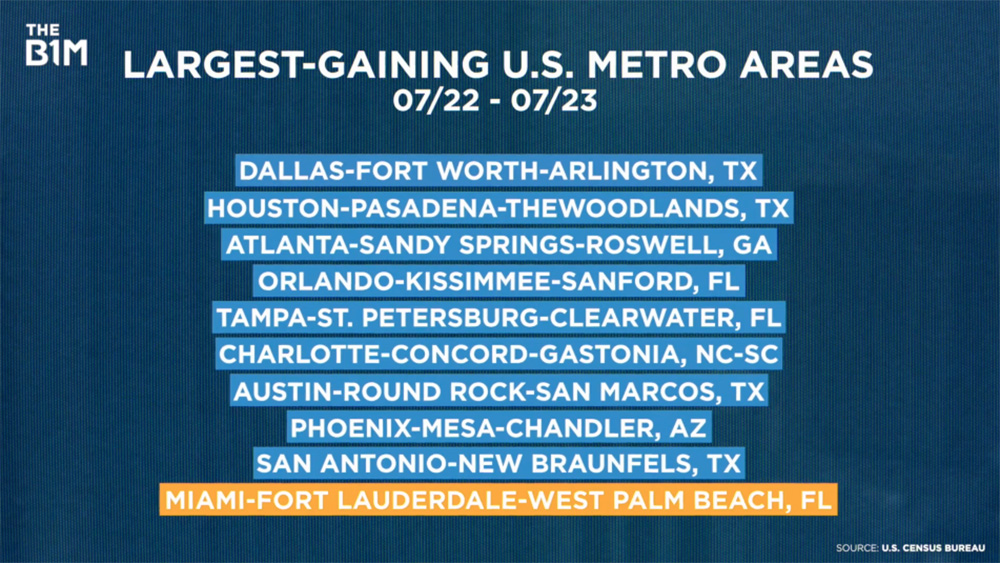
Above: South Florida has seen a huge influx in new residents over the past few years.
But apparently this flurry of construction has produced some pretty worrying consequences. Researchers have uncovered that dozens of buildings along the Miami coastline appear to be sinking, and not just by a little bit either.
The report claims that over the last decade, more than 30 high-rises along Miami’s barrier islands have sunk by as much as eight centimetres. And that’s long after they were built, which isn’t really supposed to happen.
These towers aren’t limited to one part of the city. They’re spread across Sunny Isles Beach — where the worst cases were found — along with Surfside and Bel Harbour.
The high life
The buildings listed include some of the newest, most well-known — and not to mention expensive — dwellings in the entire city.
Porsche Design Tower, the Ritz-Carlton Residences, Trump Tower 3 — all of them have been identified. And the recently-built structures — since 2014 — have shown some of the most alarming results.
You’ll probably be familiar with those names, unless you’ve never heard of one of the world’s biggest hotel brands or the current US president.
It’s that first one that’s arguably the most interesting, though. Completed in 2016, it has three car elevators in the core of the building, so residents can drive into their apartments.
And as for who those homeowners are, they’re all people with a huge net worth, but one in particular stands out — football superstar Lionel Messi.
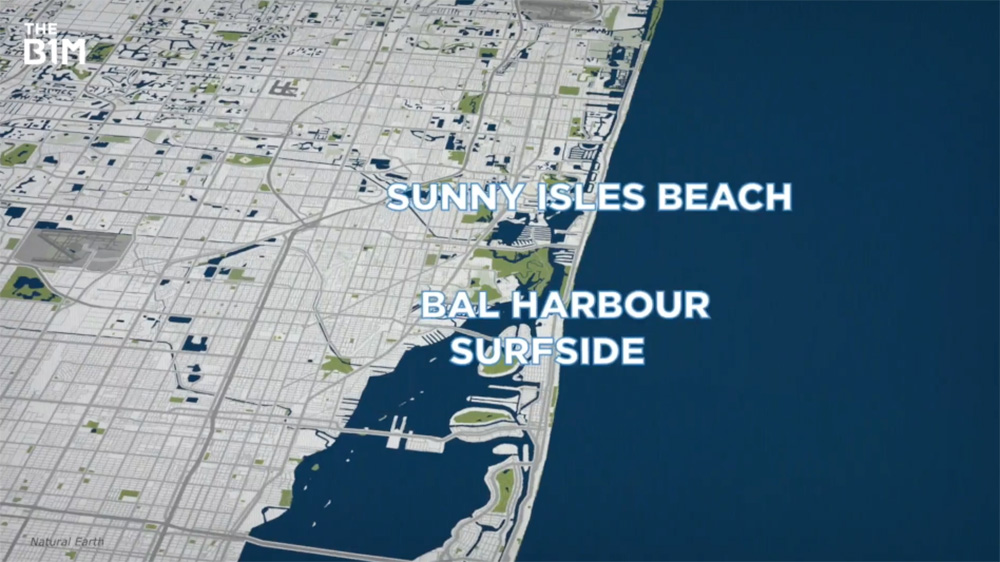
Above: A map showing the main areas of concern.
OK, but where has all this information come from? Some very smart individuals at the University of Miami, in collaboration with the University of Houston and German research centre GFZ.
They used cutting-edge technology to make their findings, which were published in the Earth and Space Science journal at the end of 2024.
Professor Falk Amelung is senior author of the report, and was shocked to discover what came up when his team began investigating the buildings.
“We were surprised, yes. I [have spent] 20 years here looking at subsidence all over the world and I didn't even bother to really look in Miami because we thought it's very stable. But it is not as stable as we thought,” Amelung said.
On the rocks
So, why is this happening? Well, after going through the data the team came up with a number of hypotheses. And as you probably would have guessed, they’re all to do with what lies beneath the ground.
You see, the geology of this region is a little unusual. Beneath these skyscrapers you’ll find a subsoil made up of porous limestone mixed with layers of sand.
Called Miami Limestone, or Oolite, it’s made from fossils of coral and other marine life, and as this map shows it can only be found in this part of Florida.
According to the research, the weight of all the new buildings, and the vibrations caused by their construction, may have led to what’s called creep deformation.
This is where a solid material — like those sandy particles — begins to deform or shift after a period of prolonged stress.
If this has been happening underneath the affected buildings, it could have compromised their structural stability.
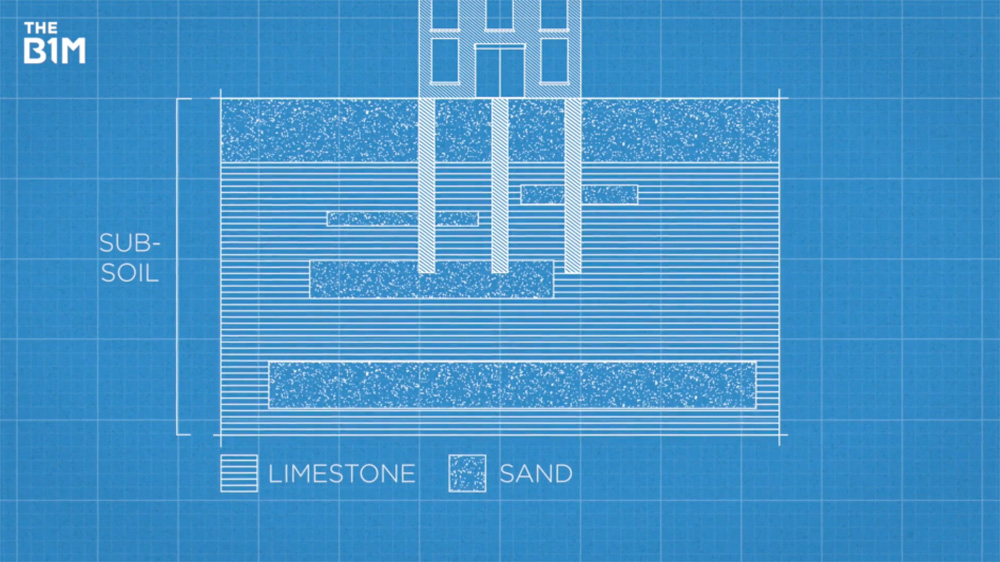
Above: The skyscrapers are built on a mixture of limestone and sand.
But this isn’t the only possible reason. The removal of groundwater during the construction of those skyscrapers may have led to sand grains being rearranged as a result.
Then there’s the process of injecting stormwater into the ground after heavy rainfall. It’s common practice in Miami, but in Amelung’s opinion it isn’t a good idea in a city built on this kind of rock.
“Limestone dissolves if you add fresh water and the mixture of fresh water and salt water is particularly corrosive,” he explained.
“The rates of corrosion or dissolution is very low, but maybe if you have a heavy building on top of it, that matters. So, this is also a possible explanation.”
What made it relevant for a space science publication? Because the data that the study is based on was taken from satellite imagery obtained via a very clever method.
It’s called Interferometric Synthetic Aperture Radar — or InSAR. This involved using remote sensing to identify where an easily measurable part of a building is, and capture an image of it.
That could be a balcony or air conditioning unit, for example. Then, more images of the same spot were taken by the satellite over time.
Eventually, when they had enough of them, researchers could tell whether the buildings had moved — and to what extent — with millimetre accuracy.
Settling down
Now, it’s important to state at this point that subsidence isn’t rare; in fact, most new buildings will settle slightly following their construction.
But it’s not normal for them to sink as much as some of these structures seem to have done, and — crucially — for it to continue so long afterwards.
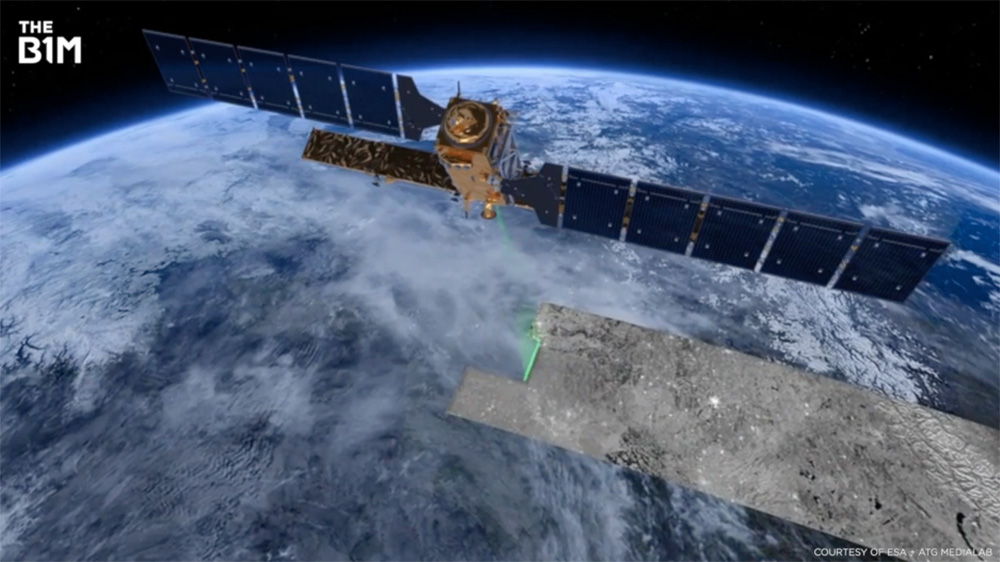
Above: The data was collected using satellites. Image courtesy of ESA + ATG Medialab.
The big question, then, is how much of a concern is this? Well, these buildings were designed to settle a little after they were built, but it’s supposed to stop, and apparently it hasn’t.
Another important thing to consider is whether they’ve been moving downwards at an even level, which is mostly the case here. It could have been much worse.
“If you have even settlement, the whole building goes down as one, [and] it's not a big problem. It's getting a problem if you get differential settlement,” Amelung said.
“That means if you get one part going a little bit more down than the other one — that can then cause damages. We see some evidence for differential settlement, but it's not very much.”
Condo collapse
But of course, this is not the first time that issues with Miami residences have made headlines in recent years, including one incident that sadly ended in disaster.
The collapse of Champlain Towers South in 2021, where 98 people lost their lives, sparked an investigation into the structural integrity of apartments and condos across Florida.
After the tragedy took place, Amelung and his colleagues set out to discover whether subsidence could’ve been a contributing factor, using that very same technology.
Although it turned out not to be an issue at that site, there were some surprising insights found in other areas of the city, which led to this new research being carried out.
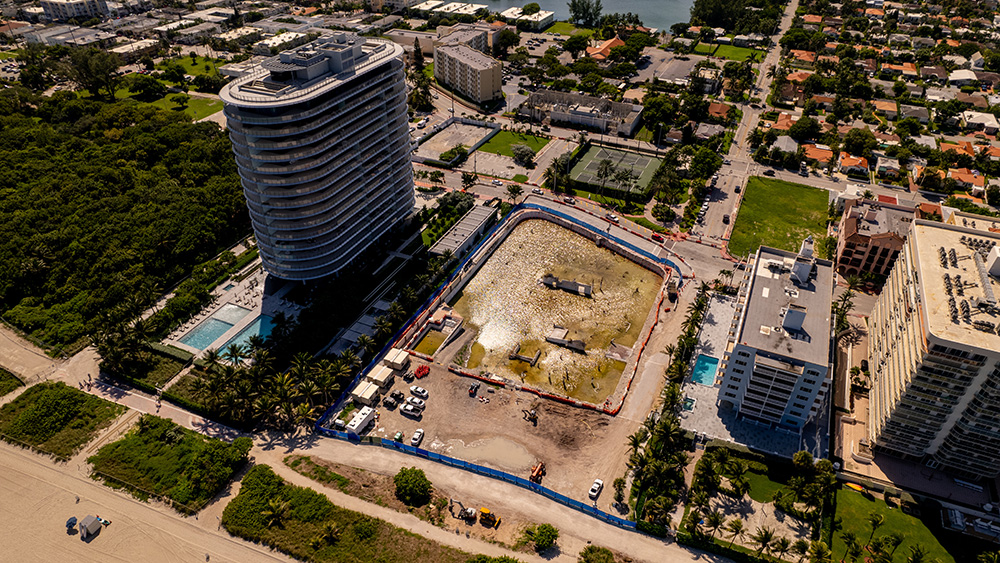
Above: The site in Surfside where Champlain Towers South once stood.
Now, the discovery might be unusual, but there are other large cities in the US facing a similar situation. Back in 2023, a study fronted by the US Geological Survey found that New York City is sinking by between one and two millimetres per year on average.
Again, the weight of all the buildings is thought to be one of the main causes, especially in areas with softer soil types.
Outside of America, though, things are far more precarious. Subsidence has reached such a critical point in Jakarta, Indonesia, the country decided to move its capital entirely.
And because Venice has notoriously been sinking for so many years, it’s had to install a very expensive, complicated and long-delayed flood defence system.
Ready for action
Despite Miami not planning any drastic measures such as these just yet, it is still having to act. According to its latest Stormwater Master Plan, $5BN’s worth of infrastructure improvements are going to be needed over the next nine years to protect the city from extreme flooding.
These include replacing seawalls, building new drainage wells and pump stations and expanding inlets and pipes. The City of Miami even has a $400M bond set aside for investments into climate resilience schemes.
But yet more research from the University of Miami has delivered another cruel blow — all of this might still not be enough. Another team of experts there has said that by 2060, more than half of the city could be underwater.
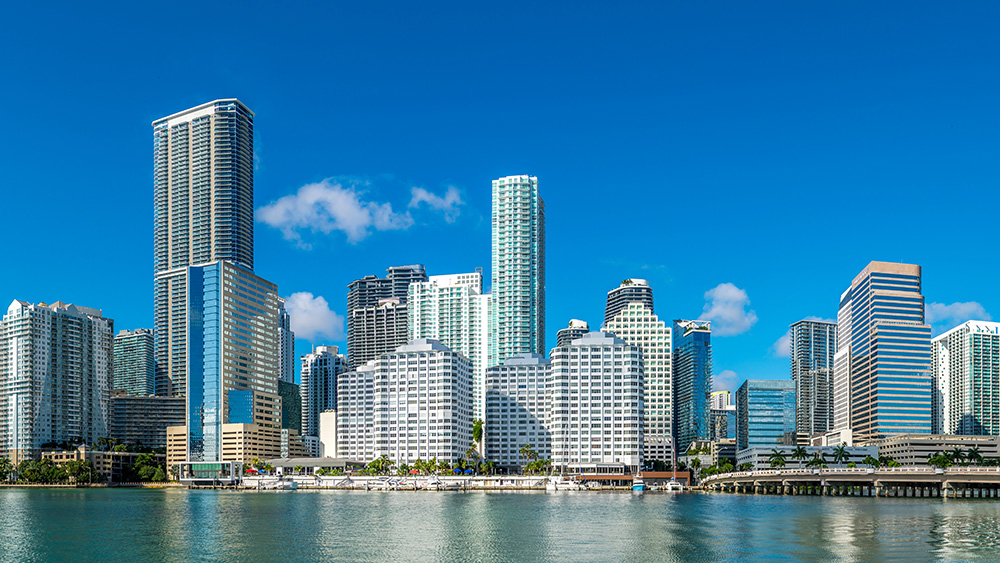
Above: Miami is considered to be one of the most vulnerable cities in the world to rising sea levels.
OK, so the city as a whole is getting prepared, even if it could turn out to be futile in the long run. But what about the people responsible for these high-rise buildings covered in the report? What do they think about the findings unearthed by this new technology?
“I think some people don't believe it. They think it needs to be shown on the ground that it's also the case,” Amelung revealed.
“But this technique has been around for a long time; it’s very, very, very reliable. So they’d better believe it, but if they don't believe it, OK, I can't help [them].”
However, Amelung’s work hasn’t entirely fallen on deaf ears within Miami. There has been at least one case of his research potentially influencing key decision makers in the city.
“We got some response from the town of Surfside where the condo collapse happened. And they want to do some more regulations — who knows whether it's going to happen — to restrict vibrations,” he said.
No end in sight
If the hypotheses do turn out to be true and construction activity is causing these buildings to sink, the city’s authorities, as well as developers, will surely need to take notice.
Especially when looking ahead at what’s to come, with multiple new skyscrapers now under construction in Miami.
Although these are all outside the problem areas mentioned in the study, others like the Bentley Residences on Sunny Isles Beach, are firmly within them.
With building work clearly going to continue here for the foreseeable future, Amelung is keen to keep monitoring the status of these buildings, but only if he gets the opportunity.
“If we get some funding then we will do more; if we don't get it, it’ll go very slow,” he said. “But it's certainly possible that in five years we publish another study and then we say, ‘oh, it’s already 20 centimetres.’ And then people will maybe pay more attention than if it is only eight centimetres, as it is now.”
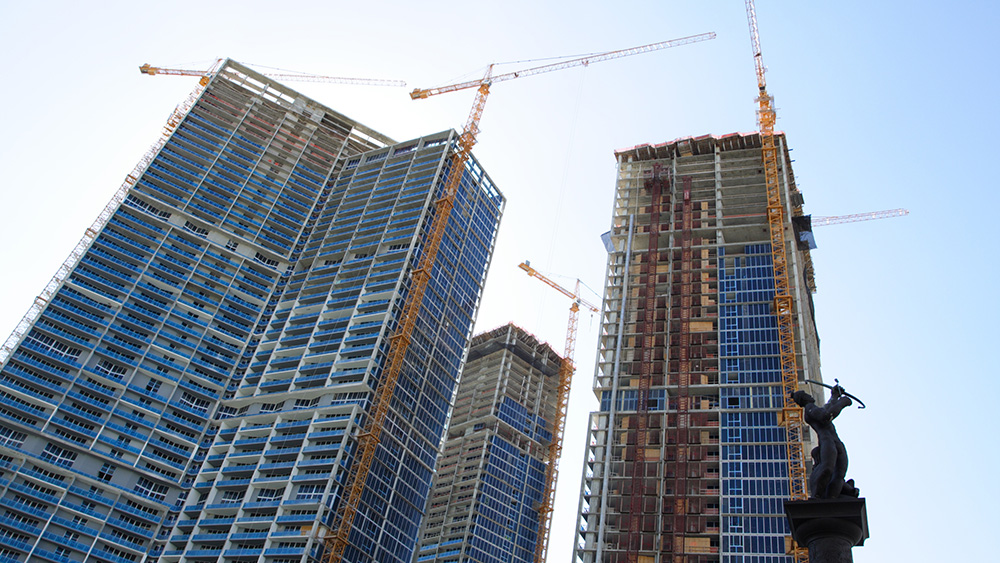
Above: Skyscraper construction in Miami isn't stopping any time soon.
Miami is not the first city to experience a flurry of new skyscrapers in a short space of time, and it won’t be the last.
But what we’re seeing here is perhaps a sign that not everywhere is an ideal place for high-rise construction on this scale, even if the demand is there.
While there’s no cause for major alarm just yet, and it could end up being nothing serious, we’ll be watching how things go down with these buildings over the next few years for sure.
This video contains paid promotion for ETHOSystems. Find out how ETHOSystems helps construction pros work smarter, not harder, here.
Additional footage and images courtesy of ABC News, ANDES/Micaela Ayala V/CC BY-SA 2.0, CBS Miami, CNBC Television, Consorzio Venezia Nuova, ESA/ATG medialab, FOX59 News, FRANCE24, Gage Skidmore/CC BY-SA 2.0, Global News, Jared Polin/CC BY-NC-ND 2.0, Jessie X, Milken Institute, NewsNation, Property Markets Group. Rory Arnold/10 Downing Street/CC BY-NC-ND 2.0, WPLG Local 10 and WQAD News 8.
We welcome you sharing our content to inspire others, but please be nice and play by our rules.
